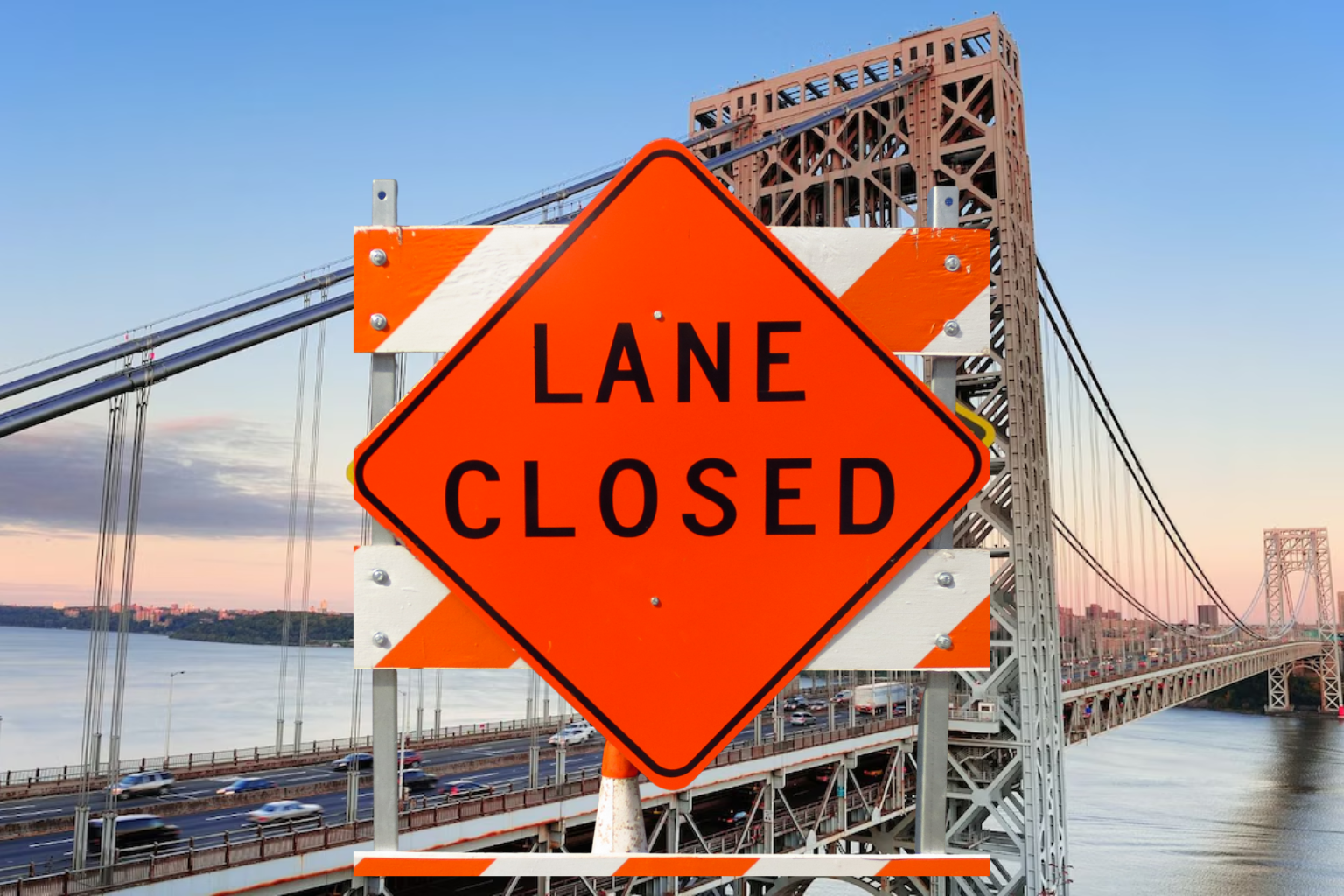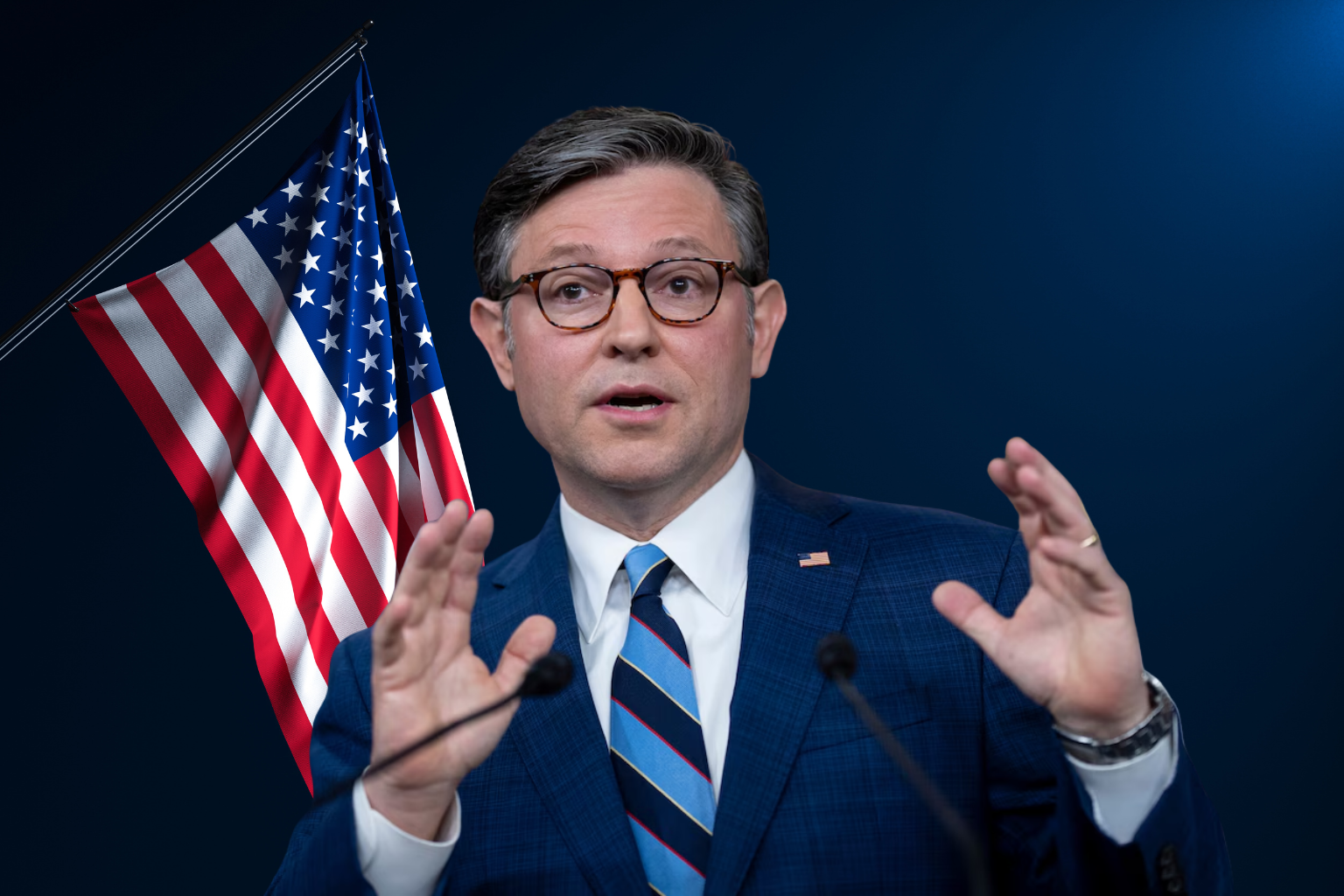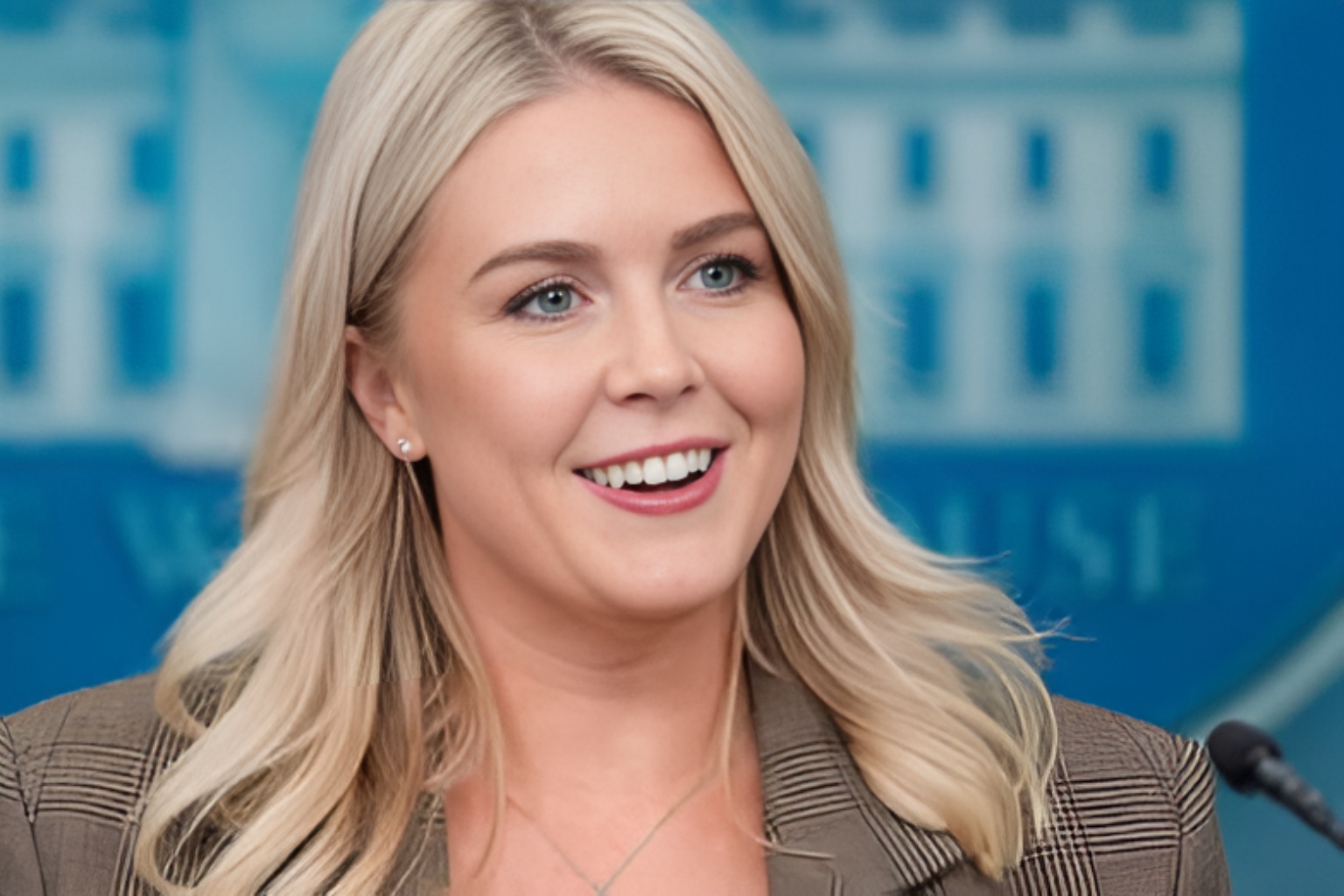Bridgegate Lawsuit Weakens as Nearly Half of Plaintiffs Withdraw Claims

After a decade, the civil battle over the George Washington Bridge’s planned lane closures is unraveling. Attorneys and observers are wondering if the case will survive after nearly half of the plaintiffs left.
Politically motivated lane closures into Fort Lee by state officials started the drama. Because of that decision, commuters were stuck for hours and federal inquiries and criminal processes began. Many former aides were convicted for their roles in the conspiracy, tarnishing public faith.
Dozens of individuals and transportation businesses sued for lost time, fuel costs, business disruptions, and more. The dispute has lasted years, with changing legal strategies and rising expenditures.
Attorneys notified the court that half of their clients are leaving the litigation. Some plaintiffs feel the possible payoff no longer warrants legal fees or uncertainty. Others may have settled or dropped lawsuits. This move burdens the remaining plaintiffs to advance the lawsuit.
Lawyers for remaining claims are proceeding. They suggest those who stay have better proof, stakes, or claims. They may now focus on cases with clear paperwork, deeper losses, or less legal hurdles. Dropouts could potentially change damage allocation or class-style litigation.
Critics say this attrition weakens the lawsuit. With fewer litigants, court costs per person rise and negotiation power decreases. Some commentators predict opposing parties to seek dismissal or reduced payments due to the case’s diminished scale and enthusiasm.
The collapse of half the plaintiffs does not end the matter. Bridgegate continues to cloud state accountability and public infrastructure governance. The remaining litigants must decide if they can maintain momentum and prove wrongdoing, and if the courts will let them finish the case.
Bridgegate is no longer a political scandal; it is a complex litigation hinged on people who insist on their claims. A smaller group of committed plaintiffs must overcome legal, financial, and procedural hurdles to seek remedy.
Sources
(Yahoo News)
(Wikipedia)



